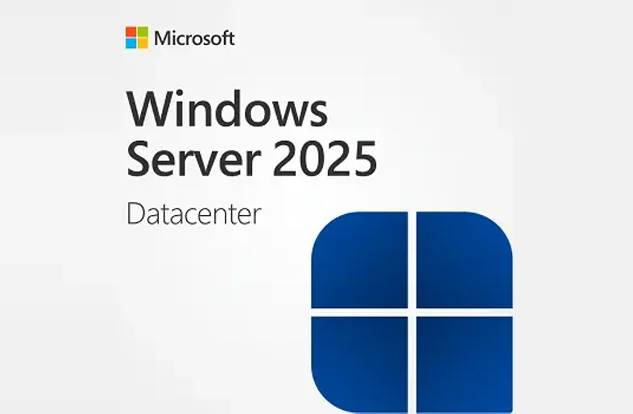Software License Cost: Investment Value Beyond the Price factor

Most businesses view their software license cost through a narrow lens, focusing solely on upfront expenses rather than long-term value creation. This perspective often leads to making costly mistakes that compound over time. Smart organizations recognize that strategic software investments require deeper analysis than simple price comparisons for the present.
The true software license cost extends far beyond initial purchase prices, encompassing ongoing support, security updates, and operational efficiency gains. Companies that evaluate licensing decisions through this comprehensive framework consistently outperform competitors who chase bargain solutions. This strategic approach transforms software expenses into measurable business assets.
The Hidden Economics of Software Licensing
Total Cost of Ownership Analysis: Modern businesses must evaluate software investments using complete financial models that account for implementation, training, maintenance, and upgrade costs. Organizations frequently discover that premium licensing options deliver superior returns when measured against productivity gains and reduced downtime expenses.
Risk Mitigation Through Proper Licensing: Unlicensed or improperly licensed software exposes companies to legal penalties, security vulnerabilities, and operational disruptions that can cost millions. These risks multiply exponentially as businesses scale, making compliance investments essential rather than optional business expenses.
Operational Benefits of Licensed Software Solutions
Guaranteed Support Access: Licensed software provides direct access to vendor technical support, ensuring rapid resolution of critical issues that could otherwise halt business operations. This support structure becomes invaluable during system migrations, security incidents, or complex integration projects that require expert guidance.
Security Patch Priority: Licensed users receive immediate access to security updates and vulnerability patches, protecting sensitive business data from emerging threats. This protection becomes increasingly critical as cyberattacks target outdated software systems with known security weaknesses.
Competitive Advantages Through Strategic Licensing
Feature Access and Innovation: Licensed software typically includes advanced features and capabilities unavailable in basic or pirated versions, enabling businesses to leverage cutting-edge functionality. These features often provide competitive advantages that generate revenue exceeding the licensing investment costs.
Integration Capabilities: Licensed solutions offer superior integration with other business systems, creating operational efficiencies that reduce manual processes and human error. These integrations streamline workflows and data management, delivering measurable productivity improvements across departments.
Long-term Value Creation Strategies
Scalability Planning: Licensed software solutions provide clear upgrade paths and scalability options that support business growth without requiring complete system overhauls. This predictability enables accurate long-term planning and budget allocation for technology investments.
Key licensing benefits include:
● Predictable upgrade costs with clear pricing structures
● Guaranteed compatibility with future software versions
● Access to training resources and documentation libraries
● Priority technical support during critical business periods
Compliance and Audit Protection: Proper licensing documentation protects businesses during software audits, avoiding costly penalties and legal complications. These protections become increasingly valuable as companies expand internationally and face varying compliance requirements across jurisdictions.
Measuring Return on Investment
Productivity Metrics: Licensed software typically delivers measurable productivity improvements through enhanced stability, reduced downtime, and improved user experience. These improvements translate directly into cost savings and revenue generation opportunities that justify licensing expenses.
Employee Satisfaction Impact: Reliable, fully-featured software reduces employee frustration and supports higher job satisfaction rates, which correlates with improved retention and reduced hiring costs. This human capital benefit often exceeds direct software licensing expenses.
Conclusion
Strategic software licensing transforms technology expenses into valuable business investments that drive growth, security, and operational excellence. Organizations that embrace this perspective consistently achieve better financial outcomes than those focused purely on minimizing upfront costs. Take action today by conducting a comprehensive audit of your current software investments and identifying opportunities to optimize your licensing strategy for maximum business value.
 English
English





![6 Smart Reasons to Buy Cheap Steam Game Keys Without Regret [Infographic]](https://cdn.vbrae.com/images/uploads/blog/202506/img_thumb_6846ce0ceb1982-74311703-10899424.webp)
